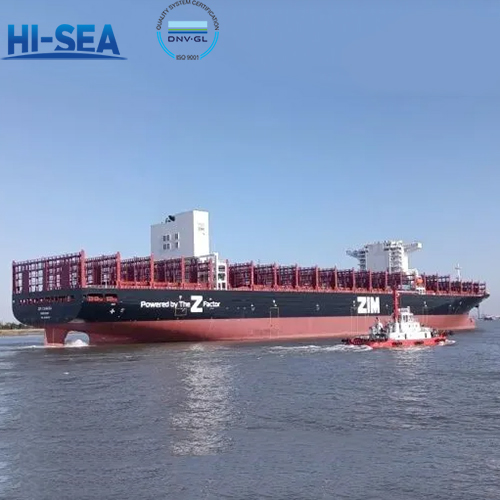
Testing of marine rudder equipment
After the installation or repair of rudder equipment, mooring tests and navigation tests are generally required.
Overview
1. Mooring test
Before the test, the rudder blade tightness test report, material inspection report of each component, overall assembly acceptance report of the rudder, installation quality and integrity inspection acceptance report of the steering equipment and transmission device should be checked, and then the following tests should be carried out:
1) For electric or electric hydraulic servos, each set of electric motors in the servo shall undergo a continuous steering test for at least 30 minutes to check the reliability of the steering equipment.
2) Check whether the conversion between the main steering device and the auxiliary steering device is fast and easy, and the conversion time at any steering position should not exceed 2 minutes.
3) The rudder angle indicator should indicate that the error in the position of the rudder blade should not exceed ± 1 °, and there should be no error when steering.
4) The position of the rudder angle limiter should be installed correctly, and the upper limit limiter of the servo should be able to automatically stop when the rudder is turned to full. The rudder angle limiter should be 1.5 ° larger than the limiter of the servo.
5) Check the reliability of the rudder braking device.
2. Navigation test
After passing the mooring test, the following test contents can be carried out:
1) Steering cycle: The time for the main steering wheel to turn from 35 ° on one side to 30 ° on the other side should not exceed 28 seconds when advancing at maximum operating speed at the deepest nautical draft; When the auxiliary steering device advances at half the maximum forward operating speed or 7kn (whichever is greater), it is 15 ° on one side. The time for turning to the other side at 15 ° should not exceed 60 seconds.
2) Record the speed and reliability of turning the rudder to both sides when fully loaded and moving forward and backward at full speed.
3) Whether the conversion between the main and auxiliary steering devices meets the requirements.
4) Check if the braking device that keeps the rudder in place is effective.
5) Test the performance of the autopilot.
6) Record the sensitivity of the automatic steering device and the reliability of the automatic alarm when the heading exceeds the allowable deviation.
7) Record the curve of rudder angle, turning angular velocity, heading change, etc. in the "Z" test.
8) The reliability of communication between the main cab and the emergency cab.
For more marine rudder system components, kindly please click here.





